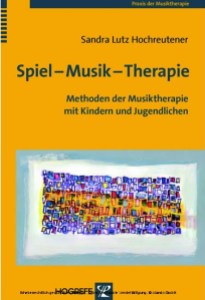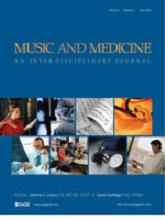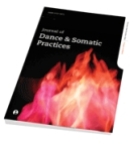
Several hypotheses regarding the cause of Mozart’s death have been advanced, but until now none have noted the likelihood that a very low level of vitamin D in his system contributed to his untimely demise.
Mozart did most of his composing at night, so he must have slept during much of the day, minimizing his exposure to sunlight. Further, at Vienna’s latitude (48°N) it is impossible for the body to make vitamin D from solar ultraviolet-B irradiance for about six months of the year.
The composer died on 5 December 1791, about three months into the Vienna winter; since the half-life of vitamin D in the human body is four to six weeks, his level of the nutrient would have been very low—an important risk factor for infectious diseases.
This according to “Vitamin D deficiency contributed to Mozart’s death” by William B. Grant and Stefan Pilz (Medical problems of performing artists XXVI/2 [June 2011] p.117; RILM Abstracts of Music Literature 2011-3181).
Below, Jerry Hadley discusses solar irradiance in “Si spande al sole in faccia nube talor così” from Mozart’s Il rè pastore.
More articles about Mozart are here.










